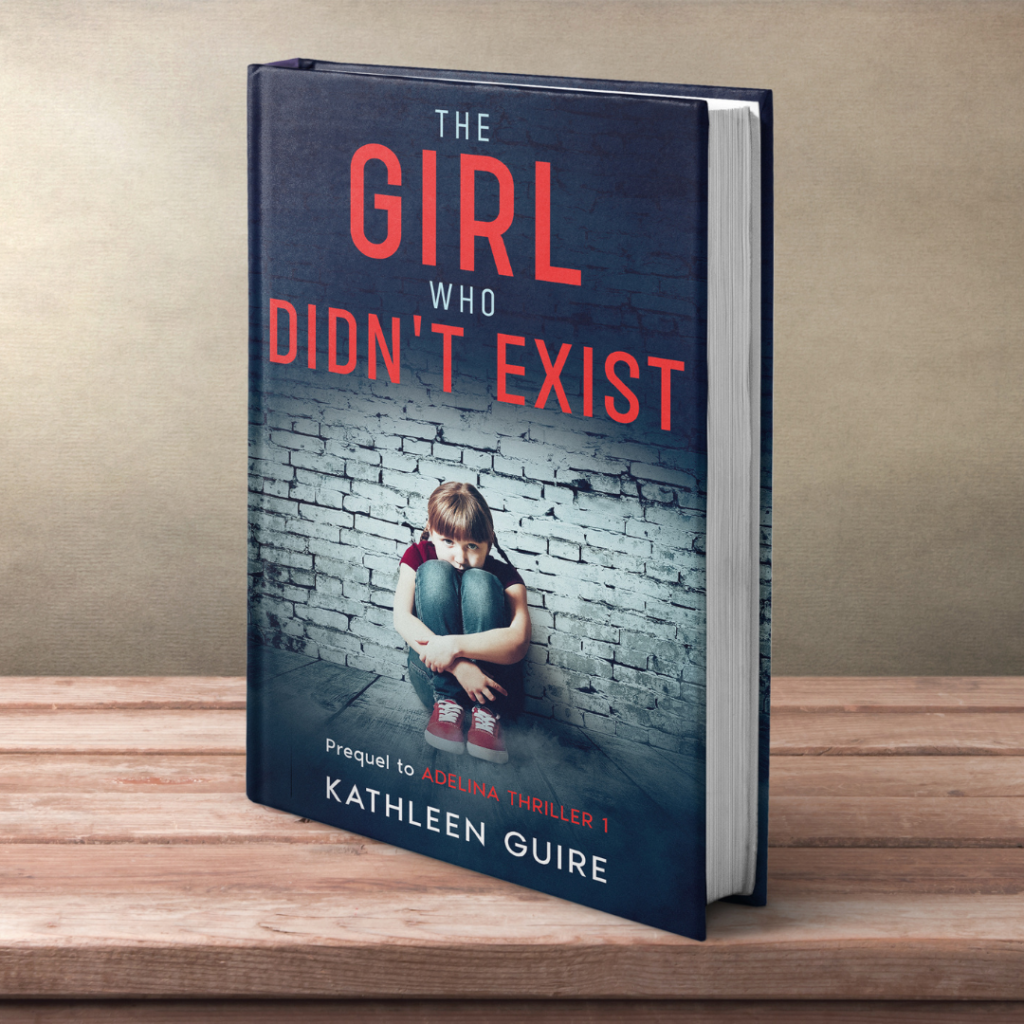Finding Yourself in Fiction: Why Relatable Characters Matter
Finding Yourself in Fiction: Why Relatable Characters Matter
Have you ever picked up a book and found a character who felt so real, so authentic, that it seemed like they were speaking directly to you? Maybe it was the way they faced their fears, the quirky habits that made them endearing, or the resilience they showed in the face of adversity. These are the characters we hold close, the ones who stay with us long after we’ve turned the last page.
But what makes these characters so relatable? Why do they resonate with us on such a deep level? Let’s explore how trauma-informed writing creates characters you can truly connect with.

1. Characters with Real-Life Coping Mechanisms
We all have our ways of dealing with stress, fear, and the challenges life throws our way. Some of us might binge-watch our favorite shows, while others might take comfort in familiar routines. In trauma-informed fiction, characters aren’t just given random quirks—they’re equipped with coping mechanisms that make sense given their backstory.
Take Adelina, from the Defining Series. She recites words from the dictionary and poetry to ground herself when life feels overwhelming. This might seem like a simple habit, but it’s a lifeline for her, a way to regain control in a world that often feels chaotic.
Or consider Sera, from The Case of the Missing Person. She’s obsessed with Nancy Drew and solving mysteries—so much so that it sometimes puts her in danger. Her obsession isn’t just a plot device; it’s her way of making sense of a world that hasn’t always been kind to her. These are characters who reflect the ways we, too, find our own ways to cope.
2. Seeing Yourself in Their Struggles
We’ve all had moments where life feels too big, where the choices in front of us seem impossible. In those moments, we might slip into survival mode—whether that’s by lashing out, withdrawing, or simply freezing up. Characters who experience trauma often go through these same struggles, flipping in and out of survival mode as they navigate their challenges.
For example, in The Girl Who Was Trafficked, Adelina, the main character, faces an impossible situation:
“It seemed so surreal. Two teens doing hair and make-up. So normal. So natural. Too bad one of us was aiding a man running a human sex trafficking ring and the other one of us was about to get herself kidnapped to take her down…”
She’s trying to act normal, to mask her fear, but underneath, she’s in survival mode, trying to keep herself safe while also doing the right thing. It’s this balance between her internal struggle and outward composure that makes her so relatable. We see her making choices out of fear, out of necessity, and we understand because we’ve been there too.
3. A Journey of Hope and Healing
One reason we love relatable characters is because they give us hope. They show us that even in the face of trauma, even when things seem darkest, there’s a path forward. But this hope isn’t sugar-coated or unrealistic. In trauma-informed fiction, healing is portrayed as a journey—one with setbacks, struggles, and small victories.
When a character overcomes their obstacles and makes progress in their healing journey, it’s not just a plot point—it’s a reflection of the resilience we all have inside us. It’s a reminder that, no matter what we’ve been through, there’s always the possibility of healing.
In my writing, I’m passionate about portraying this kind of realistic hope. I want my characters to feel authentic, to show that while healing is possible, it’s not always easy. And in doing so, I hope to offer readers a sense of connection and encouragement, showing that they’re not alone in their struggles.
Why We Connect with Relatable Characters
So why do we love these characters? Because they’re us. They reflect our own struggles, our quirks, our hopes, and our fears. They show us we’re not alone, that our experiences—no matter how difficult—are part of the human story. And through their journeys, we find comfort, inspiration, and, most importantly, a sense of connection.
When you pick up a book with a relatable character, you’re not just reading a story—you’re seeing a piece of yourself reflected. And in that reflection, there’s power. Power to understand, to heal, and to grow.
So, if you’re looking for fiction that not only entertains but also resonates deeply with your own experiences, trauma-informed writing might just be what you’re looking for. It’s a way to see yourself in the characters, to find hope in their journeys, and to feel a little less alone in your own.
Join the Conversation
Do you ever pick up a book and feel like the character is YOU?
Hooked by their quirks, struggles, or resilience, relatable characters can make a story unforgettable. But what makes them so real? 🤔
As a writer, I use trauma-informed storytelling to create characters that resonate on a deep level—characters with real-life coping mechanisms and struggles you can connect with.
💡 Meet Harper, an agoraphobic cozy mystery writer who bravely steps out of her comfort zone to solve a local murder. Her struggle with anxiety feels so real, you can’t help but root for her.
💡 Meet Sera, obsessed with solving mysteries like Nancy Drew. Her obsession isn’t just fun; it’s how she copes with a world that hasn’t always been kind to her.
💡 And Adelina, navigating life’s challenges while fighting inner battles, is a reflection of the resilience many of us carry.
These characters aren’t perfect—they’re flawed, raw, and in survival mode. And that’s what makes them real.
If you’re craving fiction where you see yourself in the characters’ stories and find hope through their journeys, check out my books. 🌟
Trauma isn’t something we need to hide or shy away from in fiction. Instead, we can embrace it, explore it, and use it to create characters who are as real and complex as we are. Whether you’re a reader looking for characters to connect with or a writer seeking to create them, remember this: relatable characters are born from truth, from understanding, and from a willingness to delve into the depths of the human experience.
And through their stories, we can all find a little more understanding, a little more connection, and a lot more hope.
other resources:
- Four Clean Thriller Myths Every Reader Needs to Know
- Three Tips For Finding The Perfect Clean Read for Tweens/Teens
- 6 Tips For Teaching Social Media Safety (With A Tween Novel)
free novella: The Girl Who Didn’t Exist

A girl with no name.
No birth record.
She’s the girl who doesn’t exist.
Pin it:


